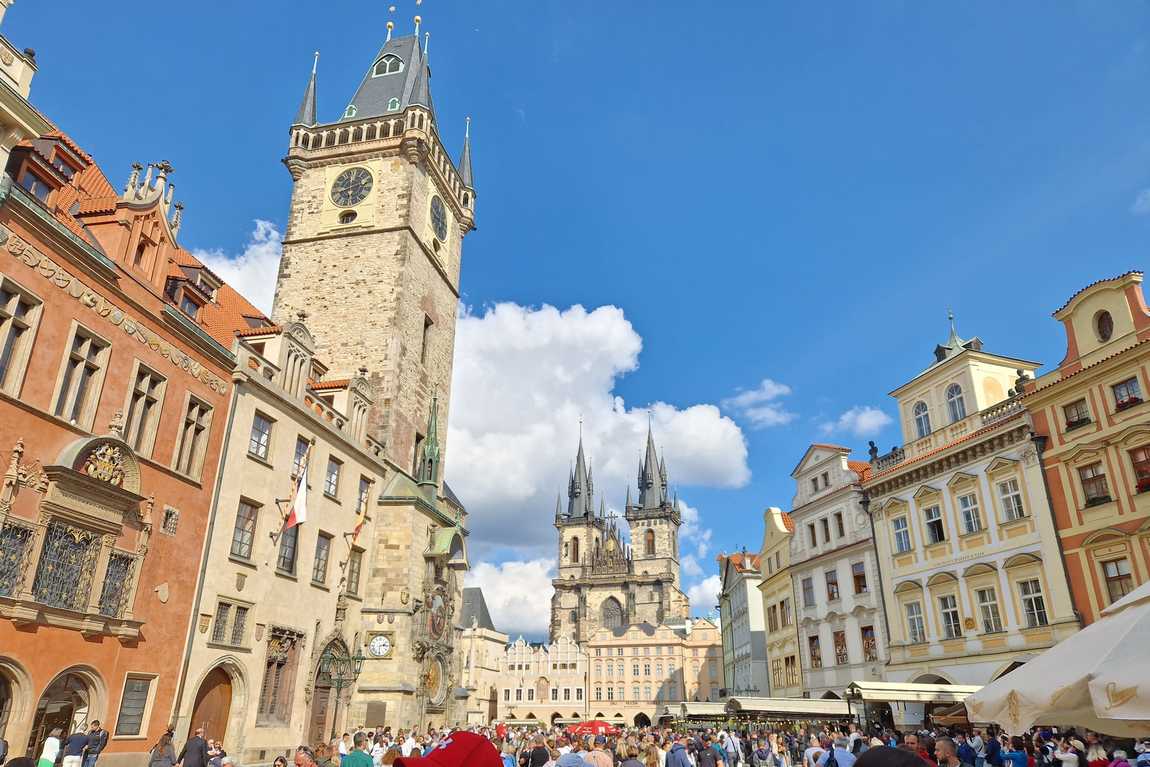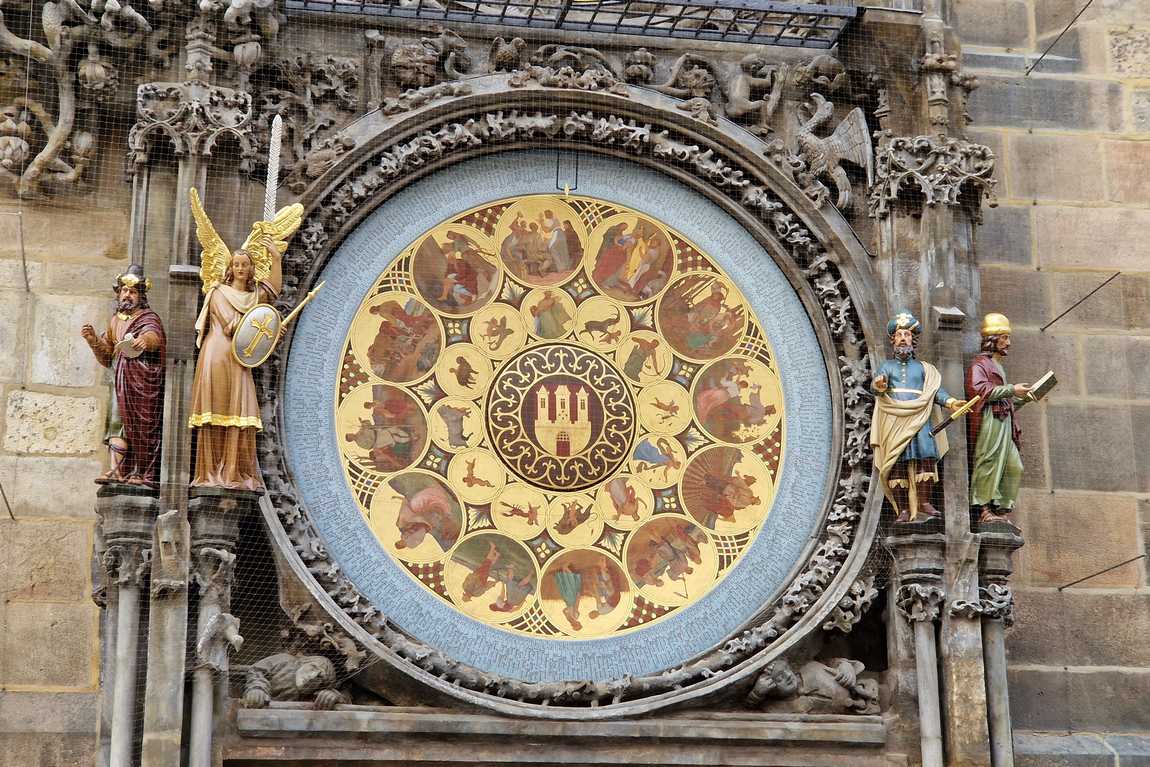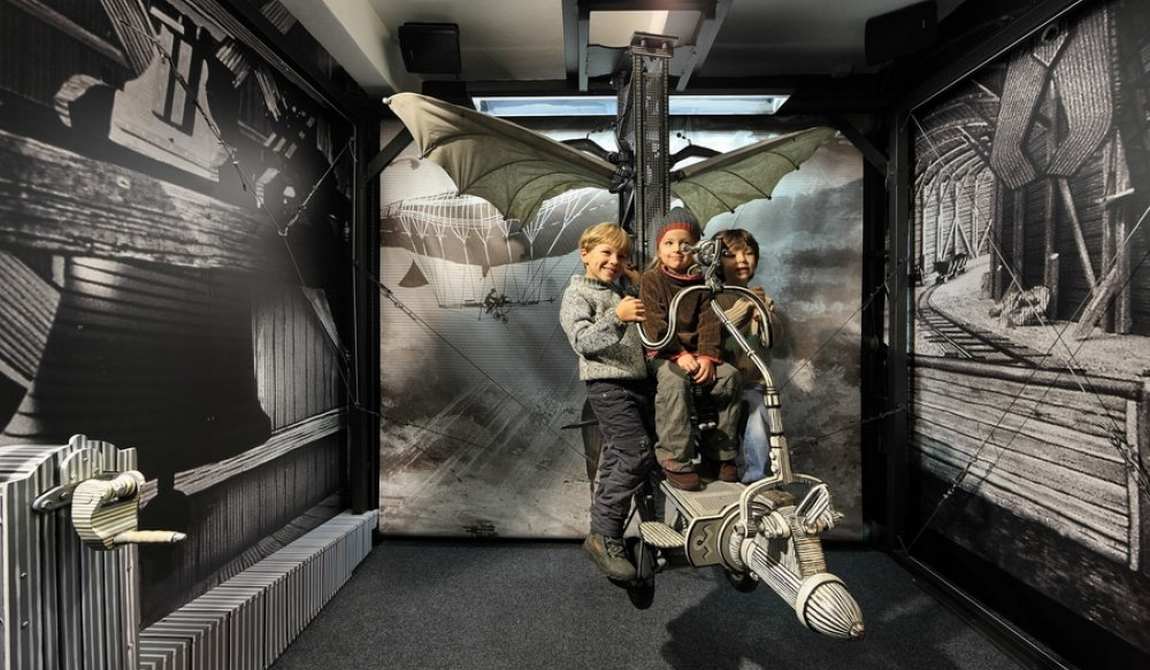Prague stands apart from the list of tourist destinations: even those who have never been here know about the exquisite beauty of the Czech capital. This ancient city has been famous for its architecture for centuries, and tourists appreciate the friendliness of the people of Prague and its hospitable atmosphere.
That's why families with children come here so often. Everything here contributes to a calm and safe family holiday, and the main city of the Czech Republic can compete with Vienna and Berlin in terms of children's entertainment. Even if you plan a trip to balneological or ski resorts in the Czech Republic, try to visit Prague at least for a day — it has a charm everyone is attracted to.
Our article will tell you about the best time to go and all the pleasant moments of a holiday with children in Prague.
Prague on the map of the Czech Republic
Prague is the capital and largest city of the Czech Republic. It is located in the north-western part of the country, on the banks of the Vltava River. The distance from Prague to Liberec is 113 km, to Brno — 200 km, to Pilsen — 208 km, to Karlovy Vary — 130 km, to Marienbad — 170 km, and to Teplice — 90 km. Lying at the heart of Europe, it is one of the most beautiful cities and the major Czech economic and cultural centre. Prague is home to about 1.3 million people.
The first Slavic settlements in the area where Prague is located appeared in the IX century. Prague became the capital of the Czech state in the 10th century and has held this title ever since, despite all historical twists and turns.
Prague for Kids
Is it possible to over-praise a family holiday in Prague? Hardly. Every praise for this city is justified; sometimes, there is room for even more recognition.

Ancient, majestic, bright, festive, green — this is all about Prague. The Czech capital would like to call itself an open-air museum; in fact, it is: the historical centre of Prague is a UNESCO World Heritage Site.
Prepare to walk for days on end, and be sure to bring comfortable shoes. The city of Prague is spread over nine hills: Letná, Vítkov, Opyš, Větrov, Skalka, Emauzy, Vyšehrad, Karlov and finally the highest, the Petřín.
The weather in Prague is favourable to travellers. It is good to rest here at any time of the year, and even for a trip with an infant, you don't need to choose any particular time. However, it often rains in the Czech capital, but the bad weather is quickly replaced by sunshine.
Prague for children (as the young tourists see it ), is a big playground. A very big one: with a moon park, with its island, with water slides and rope courses. There is so much fun here that you will return to the hotel only at night to relax with your child after a busy day.
Even Prague's museums can be considered a territory of games and fantasy: take, for example, a journey through Little Bohemia in the "Kingdom of Railways" or a meeting with the heroes of urban legends in the Museum of Alchemists and Magicians in Prague. As for the standard aspects of the holiday — accommodation, food and transport, Prague is a truly European city.
Hotels here are good, regardless of the number of stars, restaurants are good, transport is modern — travellers do not encounter any hardships. People come to Prague with children to relax from their worries, and they are successful in it.
Best time to travel
The question of the best time to go to Prague with children has one answer — at any time of the year. Although it is considered that the tourist season here lasts from April to October, the winter of Prague is perfect.
Especially memorable is a trip in the days before Christmas. The city is decked out in lights, candles, and holiday decor; Christmas trees are set up in Old Town Square and other places, and music and performances are organised everywhere.

These days, a horse-drawn carriage taking visitors through the city's old streets seems much more appropriate than a double-decker bus. Fair stalls are bursting with souvenirs, and the scent of gingerbread is in the air.
In winter, ice skating rinks open in Prague's squares, where you can have fun with the whole family. At the end of February, a procession of masked men goes through the capital's central streets — the city organises the Shrovetide carnival. The carnival celebrations in Prague include carnival processions, feasts, dancing and singing in the city streets. The busy celebrations take place all over Prague, for example, at Kampa in Malá Strana, in Letná, Žižkov, at the Jiří z Poděbrad Square, in Břevnov, or Karlíně.
The spring season in Prague starts with a pleasant surprise for children. From the first days of March to mid-April, the first spring fair, "Matějská pouť", is held in the city, where almost one hundred and fifty attractions are open to all visitors.
It's also a great reason to buy your child some colourful, eco-friendly toys, such as a wooden marionette doll famous in the Czech Republic or a plush mole — a character from an old cartoon.

Summer holidays with a child are universal — you can visit museums or devote all your time to walks and entertainment. But you should look for accommodation well in advance: tourists worldwide flock to Prague during the summer holidays, just like at Christmas.
For a relaxing holiday with a baby in Prague, it is better to choose the off-season. At this time, the weather is good, the parks are fresh and cosy, and the hotels are not overcrowded with travellers.
Weather and Climate

Prague's climate is suitable for long walks around the city. Harsh frosts are not typical for the winters here; summer is warm, and spring and autumn enjoy clear, dry weather. Autumn in Prague is typically dry as it is the second less rainy period throughout the year. The best holiday in Prague with children is considered to be in June and August. Yes, the summer weather is perfect for travelling. Daytime temperatures stay at +22-25°C, although there are heat periods up to +30°C and short cold spells up to +15°C.
In summer it often rains, although travellers are not hindered by it — in case of bad weather you can plan a visit to a museum or indoor entertainment centre.
In September, the number of fine days increases, but the air temperature drops to +19-20°C and at night to +10-11°C. The air gets cooler in October to +13°C, and the city becomes foggy. In November, the air gets cooler to +7°C, the sky frowns, but rains hardly disturb tourists' plans.
It is difficult to notice the arrival of winter — this time of year is rarely marked by snow. From December to February, the temperature is +2-4°C, with a slight frost at night.
If you plan a holiday in Prague for Christmas, ensure you have warm clothes: the city often experiences cold winds.
As early as March, Prague is already enjoying spring. The nights remain cold, but the air temperature increases to +8-10°C during the day, and a warm one replaces the damp, cold wind. In April, the temperature rises to +12°C, and in May to +18°C. Holidays in late spring can only be spoilt by rain.
Food
Many hotels in Prague include breakfast in the room rate. It is very convenient if breakfast is buffet-style and you are used to starting the day with a full meal.
It is still advisable to ask whether the breakfast menu includes dishes suitable for children: porridge, cereal with milk, omelette, and dairy products. A special children's menu is not often offered.
Lunch and dinner are much more enjoyable outside the hotel, in restaurants of Czech cuisine. You should look for such restaurants outside tourist Prague, and the sign may say Hostinec, Hospoda or Rivnice instead of Restaurace.
The most traditional Czech dish — roasted pork knee (Pečené vepřové koleno) — may not be worth offering to children. Still, bramboračka soup served in a bread loaf, goulash with dumplings and shredded potato pancake "Bramborak" are often chosen by children.
Prague's Výtopna restaurants offer a unique food presentation: mini-trains deliver orders. The menu includes Czech dishes, pizzas and desserts.
In the capital of the Czech Republic, there are also European and Asian restaurants, pizzerias, fast food establishments, and street food stands. Finding a children's corner in a restaurant or an outdoor playground is very common.
Walking around Prague in winter, surprise your children with a special Czech treat — strips of dough are rolled onto a cylinder (called trdlo) and baked over hot coals.
Trdelník — the name of this sweet treat — is delicious on its own, but baked trdelnik is usually coated in sugar mixed with cinnamon or nuts. You can also try a "holiday" dessert in Prague — Carlsbad wafers (Karlovarské oplatky) — round, thin wafers. They are sprinkled with sugar, hazelnuts, almonds, cocoa, vanilla or cinnamon and then baked until they are crisp and thin, developing their characteristical flavour.
If you are going to cook in your apartment, you can go shopping at Tesco Express, Billa, Lidl and Albert supermarkets. There are more than ten supermarkets in Prague-1 and Prague-2 districts. There are also three food markets in the city centre.
Getting Around
Prague is not a compact city, so tourists have to do more than walk. Public transport in Prague is convenient and functional: metro, trams and buses allow you to get to any attraction without wasting too much time and nerves.

There is also a funicular railway to Petřín Hill and ferries to the zoo and Troja Castle. Transport runs regularly, at short intervals, from early morning to late evening, and even at night, there are several tram and bus routes.
The single ticket is valid on all PID lines in Prague, which include: metro, trams, buses (apart from the line AE), ferries and integrated passenger trains (S lines). All tickets are fully transferable, validity is limited only by time.

Ticket prices for inner-city journeys (zones P, 0 and B) depending on the duration of validity and passenger category:
- 30 minutes - 30 Kč adult / 15 Kč — seniors 60+ (not valid for funicular railway)
- 90 minutes - 40 Kč adult / 20 Kč — seniors 60+ (not valid for funicular railway)
- 24 hours - 110 Kč adult / 60 Kč — seniors 60+
- 72 hours — 330 Kč
- children up to and including 15 years of age — free of charge
The suburban zones are numbered from 1 to 9.
You can buy tickets at automatic ticketing terminals everywhere on the streets, at tram and bus stops and metro stations.
You can also buy a ticket by SMS. To buy a ticket, send DPT plus selected tariff (e.g. DPT32) as a text of an SMS (Short Text Message) to the number 902 06 and within 2 minutes, you will get an electronic ticket to your mobile phone in the form of SMS. You can pay for your ticket on Prague trams with a contactless bank card.
Tickets must be composted before travelling. In buses and trams, the composters are located inside, on the handrails near the entrance doors, and in the metro, they are in front of the escalator.
Children can get a free travel document in Prague at PID ticket offices. You will need the passports of the child and one of the parents, as well as a 3.5 x 4.5 cm photograph of the child.
If you intend to use a taxi to travel around Prague, we recommend calling a car by phone or via mobile applications.
The price of the trip consists of the cost of boarding fare (about 50 CZK) and the cost of each kilometre of travel (30-35 CZK).
Travellers by car are not recommended to go to the city centre, where finding a free parking space is challenging.
In the Prague-1, Prague-2, Prague-3 and Prague-7 districts, most parking spaces are reserved for locals. The city authorities suggest leaving cars in interceptor car parks (their map is available on the city's website). The cost of parking is about 40 CZK/hour.
 [email protected]
[email protected]








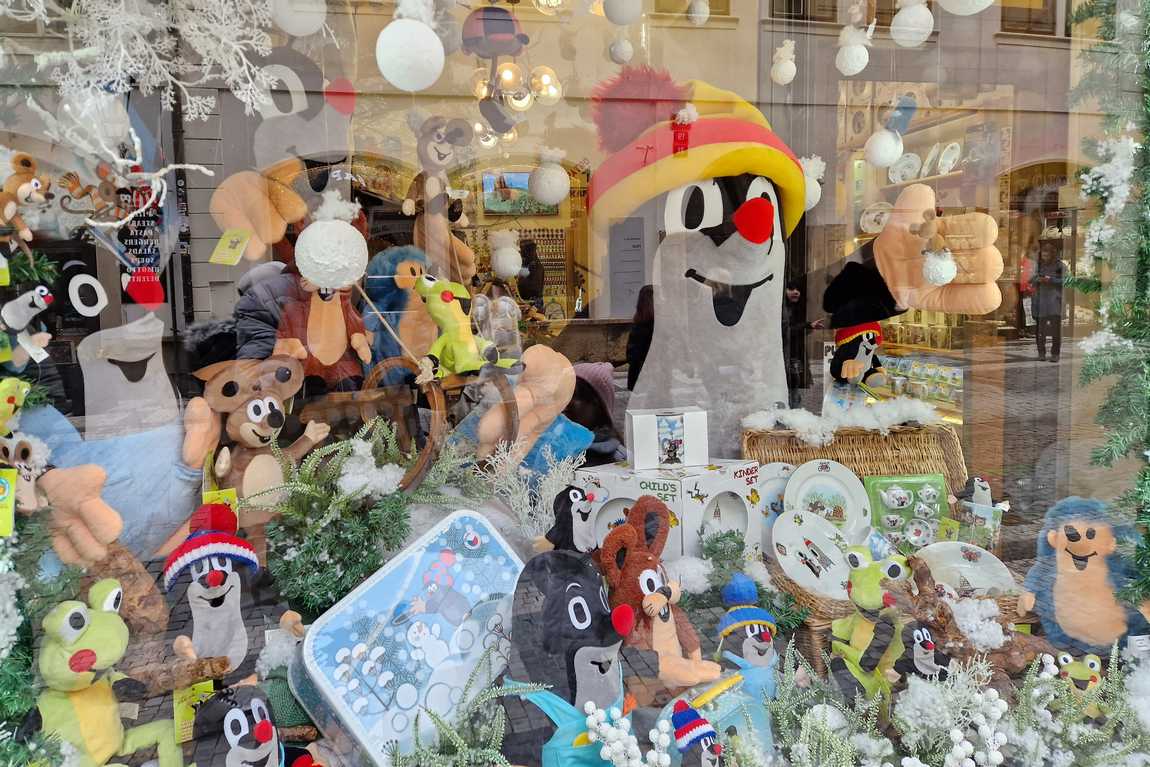
.jpg)
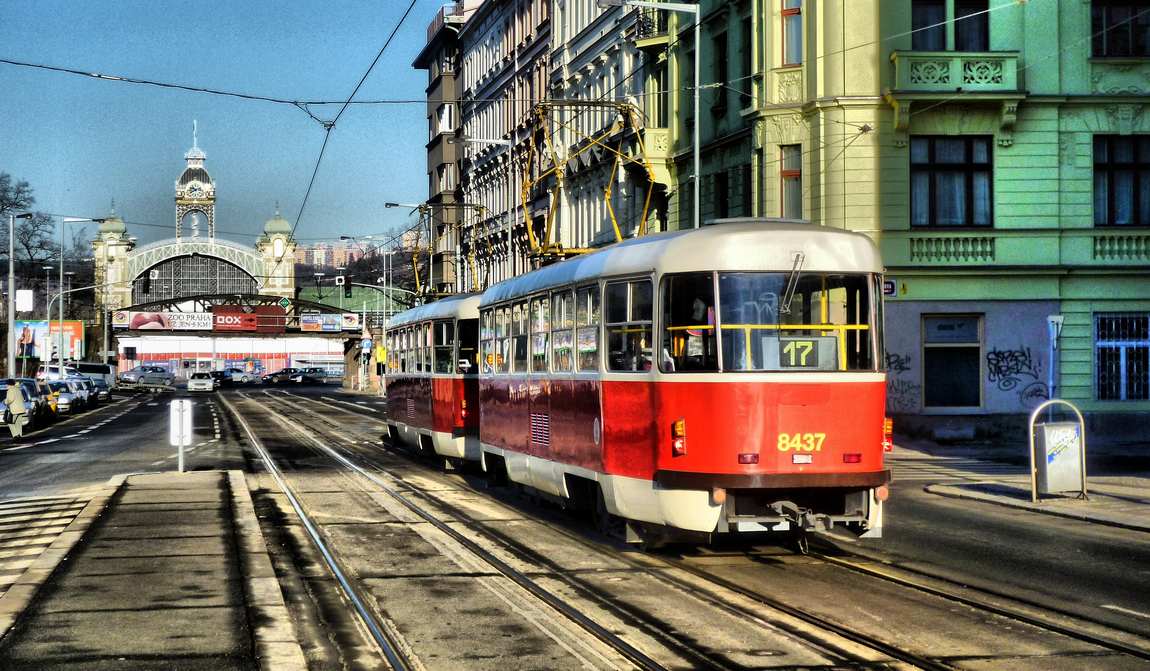
.jpg)
